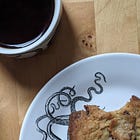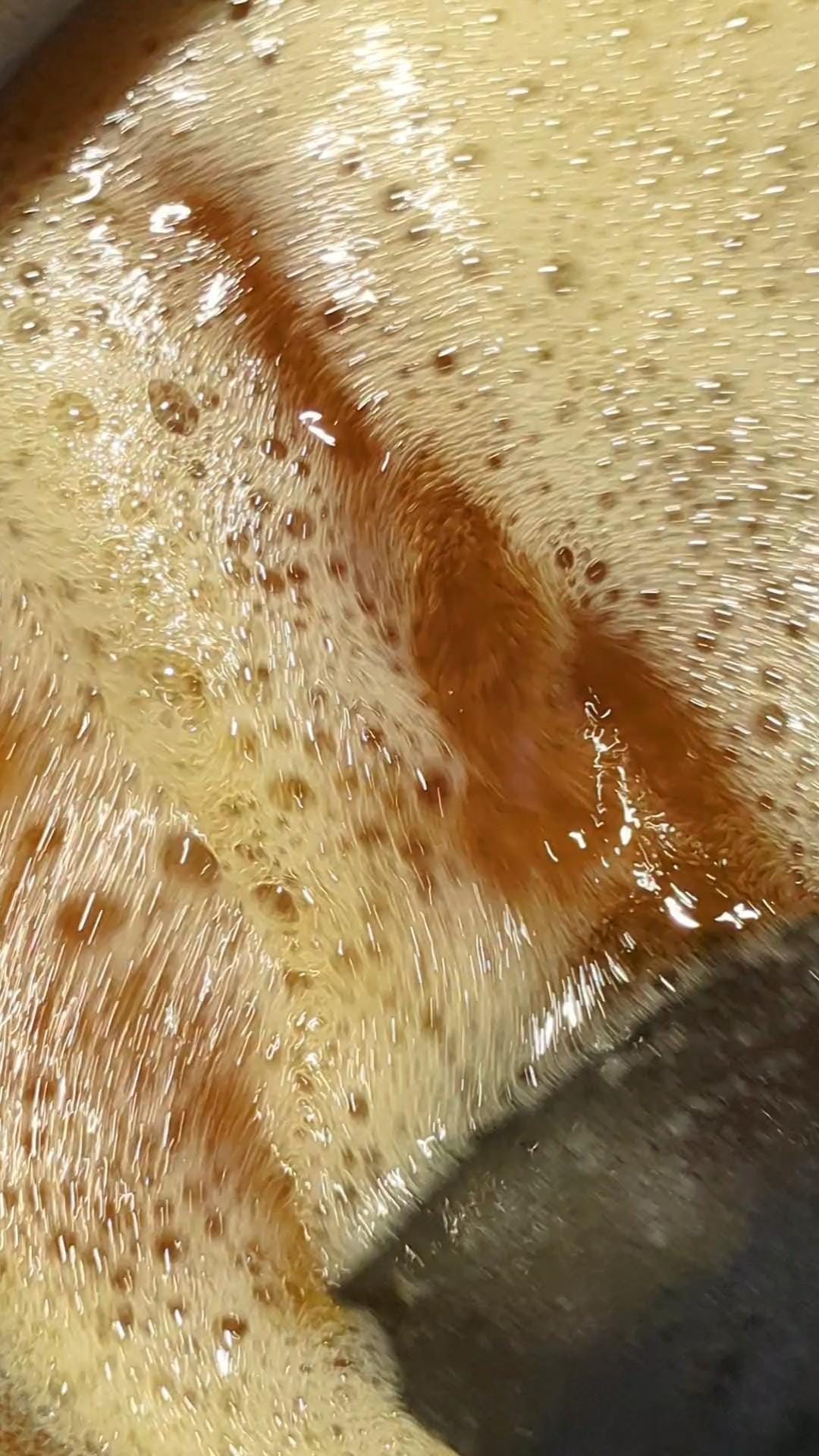Good cookies
6 precepts on good cookies, chocolate chip or not
Two facts:
There are too many cookie recipes which say they are the “best”.
Most cookie recipes have the same list of base ingredients.
Why are there so many places to claim they have the best cookie recipe?
Everyone has a different opinion on what is “good”, but with so few ingredients in these things, surely you can adjust your “good-making” levers quite easily with a different technique.
After testing 10s of choc chip recipes, I started to realise the spirit of a cookie. I stopped setting oven timers; I could feel when a choc chip cookie recipe was done (it’s when it’s not shiny in the middle anymore). But I’ve finally understood, as a home cookie maker, what makes a great cookie, and I’ve summarised them here.
6 codes for a great cookie
Follow any recipe you’d like, but consider the following.
1. Brown your butter
If you do nothing else do this!!! Browning butter basically toasts the little milk particles in there - it gives a caramelised flavour to the butter, makes it richer and nuttier.
You can read last week’s post on how to brown your butter. It’s step 1 in the instructions.
The flavour difference is only what I can imagine it felt like when tv went from black and white to colour. It makes it richer and deeper. I haven’t got anything else to say. Try it and thank me later.
2. Your add ins should be half (milk chocolate) and half (dark chocolate)
Cookies can be too sweet, and the taste of sweetness is often better when you contrast it with bitterness. This is why coffee and cookies are such a delightful combo. Once you try the half and half, then you can adjust from there. This rule is absolutely more for choc chip cookies, but you can apply the principle to everything. Half cranberries and half white chocolate, for example. You see?
3. The sugar you use defines how chewy or crunchy it is
If you want crunchy cookies, stick with white sugar. If you want chewy cookies, stick with brown sugar. If you want crunchy on the outside and chewy in the middle, do half and half. Half and half is the best way, I feel. It’s sort of the same as rule 2.
4. Use dark brown sugar instead of brown sugar
Similar to the butter, it will give you a richer, more caramel flavour. Dark brown sugar has about twice as much molasses thank straight brown sugar, and has a higher moisture content. This means that the cookie will be chewier and have a more dark caramel flavour. Visually, you’ll also get darker cookies. Don’t be surprised!
5. Add salt
Add a little teaspoon to the batter, and if you remember, add a little pinch on top when they come out of the oven. The saltiness becomes a supporting character to the sugar that’s there to shine. Think about why we are so sold into salted caramel over unsalted caramel.
6. Leave the cookie dough in the fridge for as long as you can manage
24 hours is great, 48 hours is best. Leaving it in the fridge lets the flour hydrate and gives the ingredients time to blend. In a way, it’s sort of like letting the cookie ferment. Time is an essential ingredient and any cookie recipe that forgets this ingredient categorically does not have a recipe that counts as “best”. After the 48 hours, put them in the freezer as little balls. Then it’s little treats for later.
Ok, that’s it! Let me know how you go if you make cookies with this.
Sam



